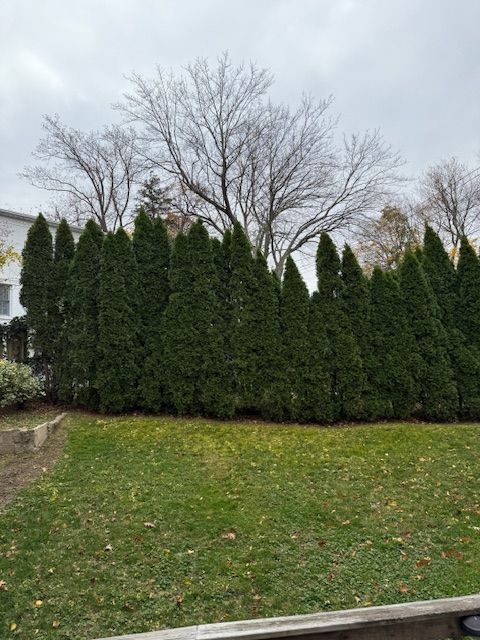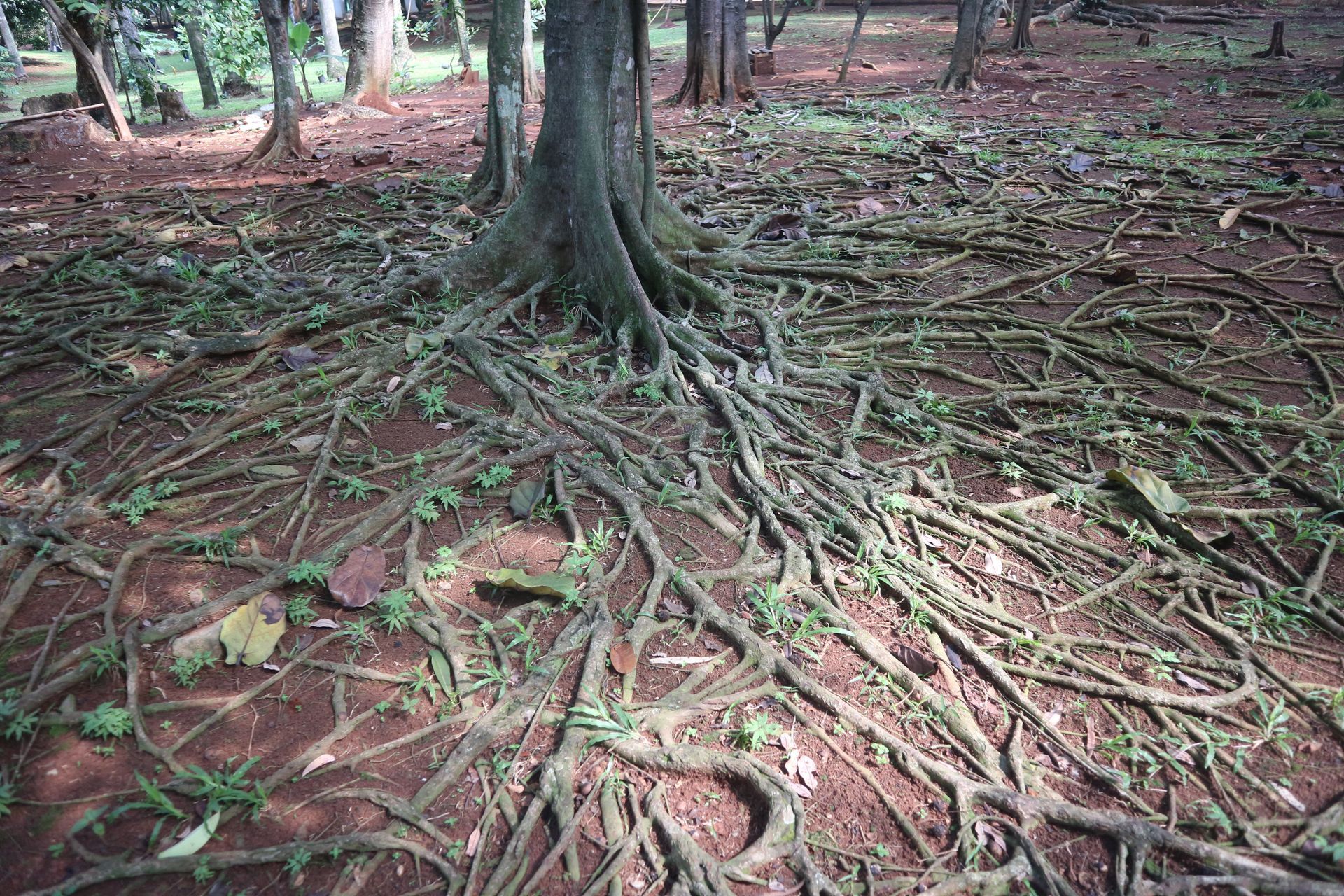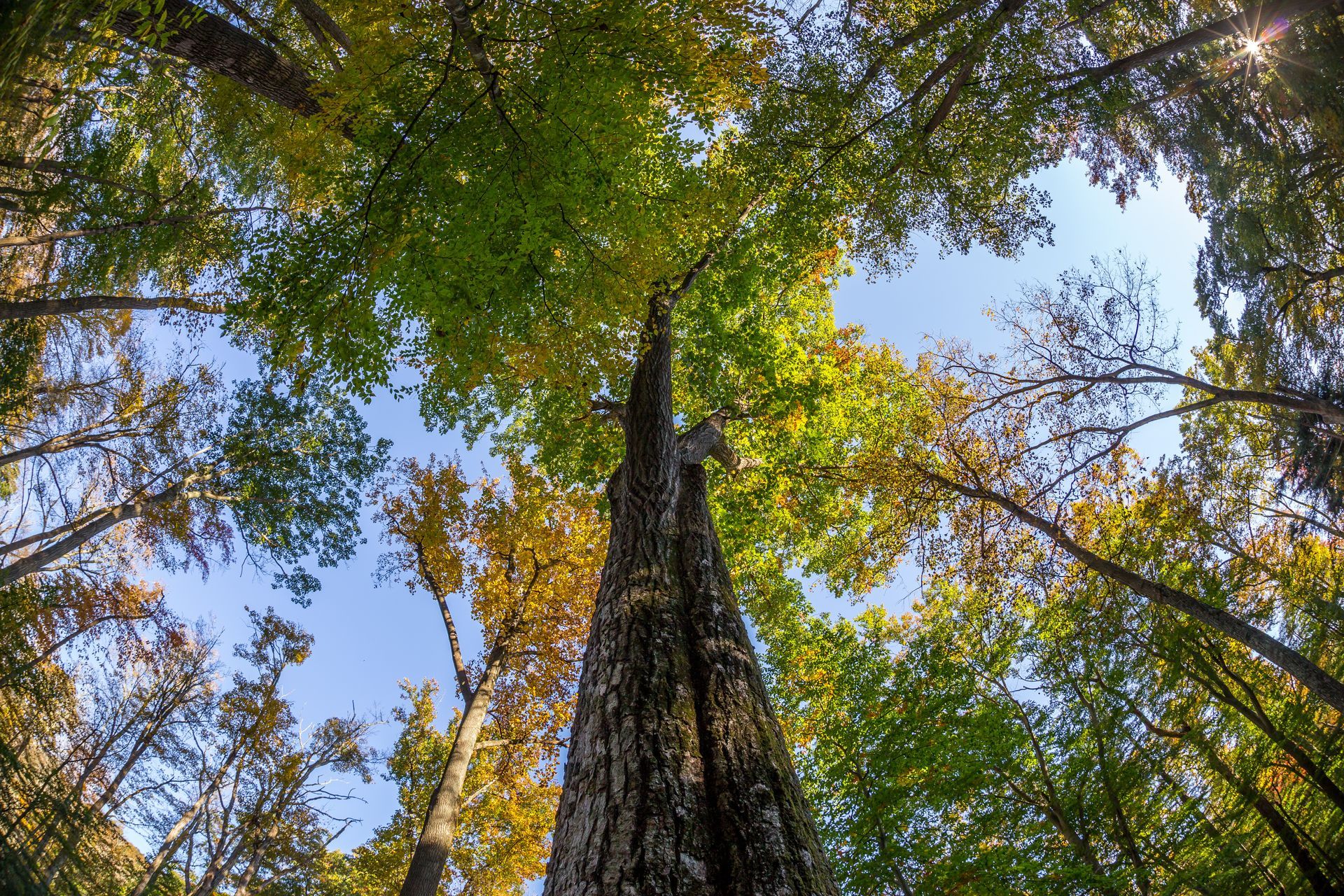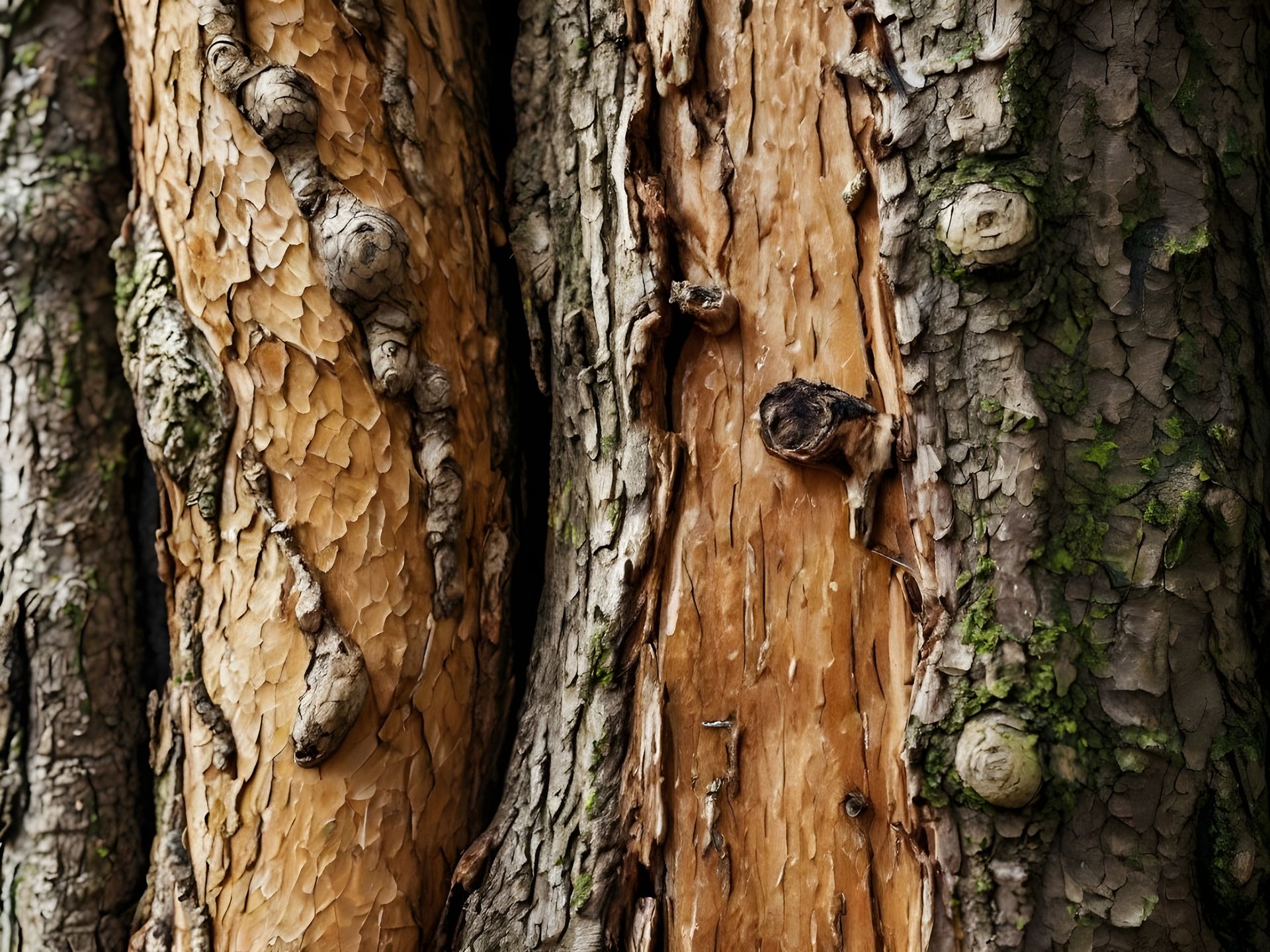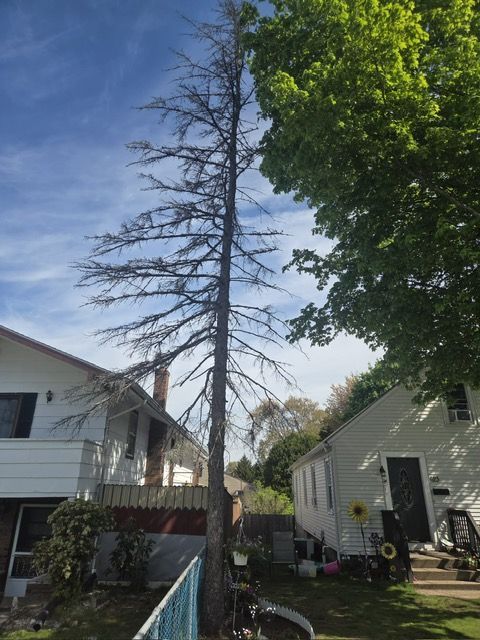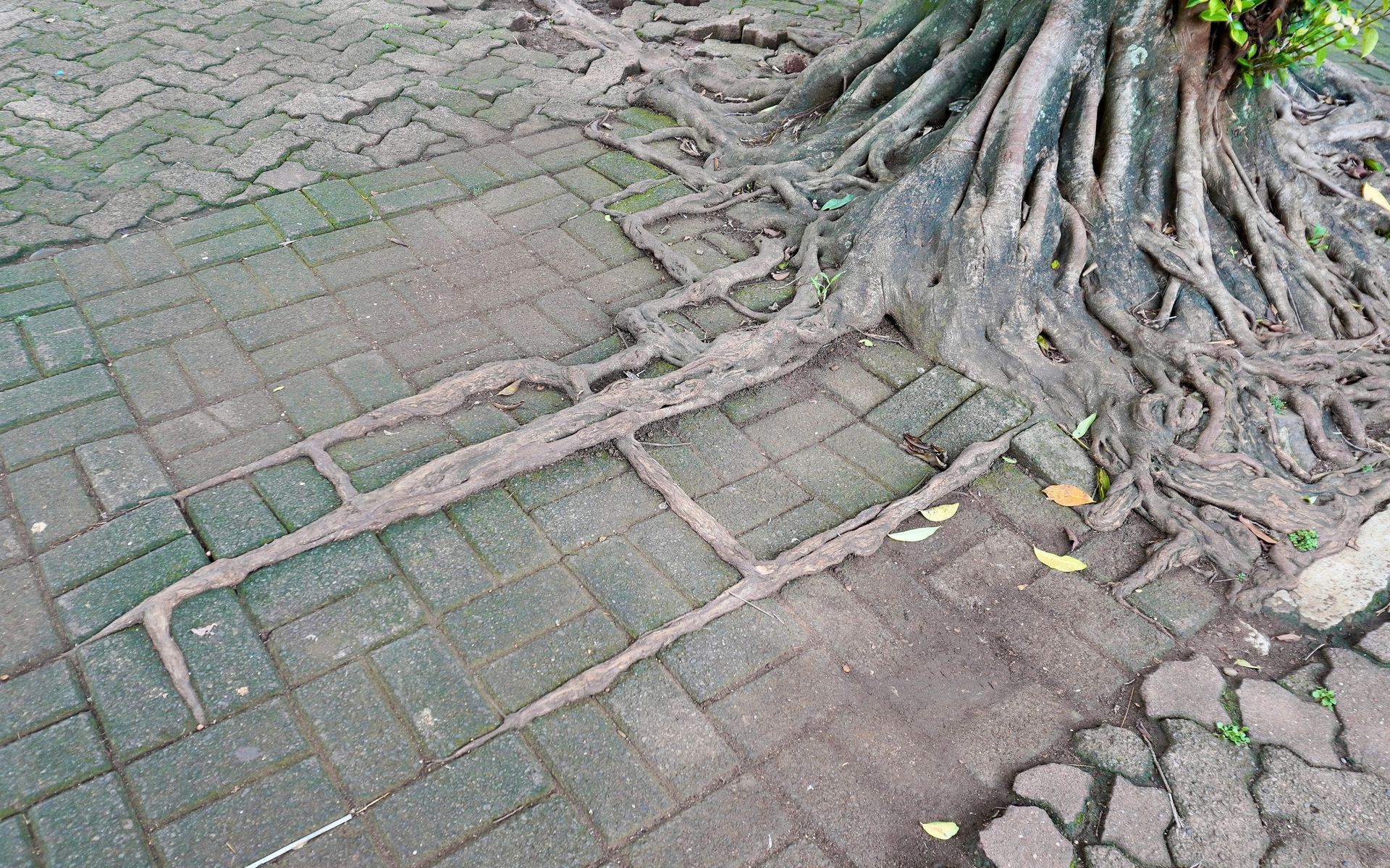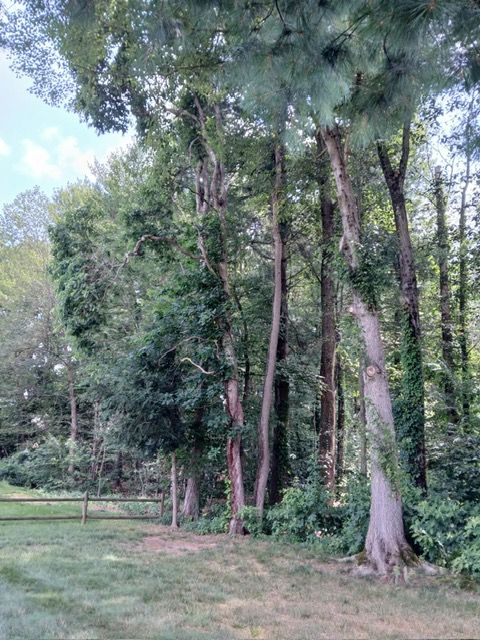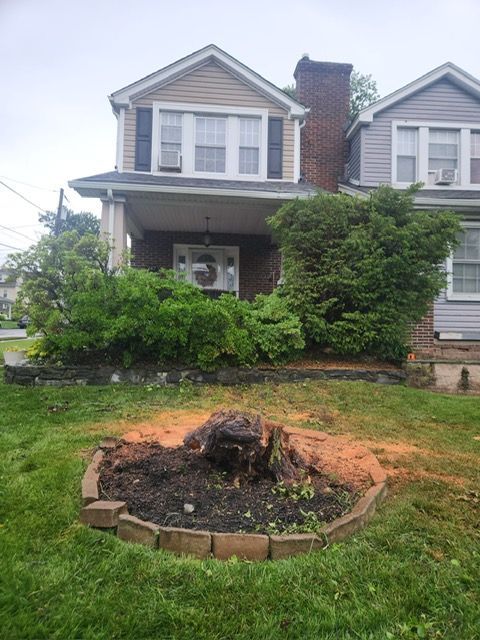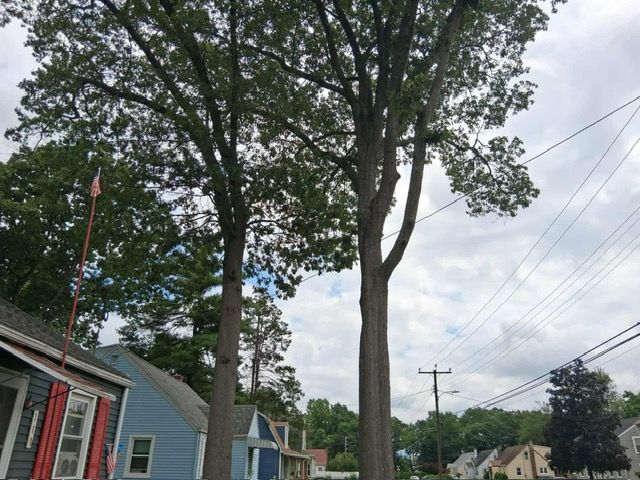How to Identify Hazardous Trees in Your Yard — Avon, CT Edition
How to Identify Hazardous Trees in Your Yard — Avon, CT Edition
You can identify hazardous trees in your yard by looking for cracks in the trunk, dead or hanging branches, sudden leaning, root damage, hollow spots, or signs of pests and disease. In Avon, CT, these warning signs mean it’s time to call a licensed tree service before the next storm hits.
“Healthy trees can stand for generations. Weak ones can fall in a single storm.”
That’s the reality for homeowners in Avon, CT, where strong winds, ice, and heavy rains aren’t rare. A tree that looks fine today can become a serious hazard tomorrow. And when branches are hanging over your home or a trunk is starting to split, the risk isn’t just about property damage — it’s about safety.
The good news? You don’t need to be an arborist to spot the early warning signs of a dangerous tree. With not having to know much, you can catch the red flags before they turn into expensive emergencies. Let’s walk through what to look for.
1. Cracks and Splits in the Trunk
Take a slow walk around your yard. Notice any deep cracks, long vertical splits, or peeling bark? These are often signs of structural weakness. Trees with this kind of damage are more likely to snap under stress, especially during storms in neighborhoods like Weatogue, Canton, or Unionville.
2. Dead or Hanging Branches
Dead branches aren’t just unsightly — they’re accidents waiting to happen. If you see brittle, leafless limbs mixed in with healthy growth, it’s time to act. Heavy snow or wind can send those branches crashing down in an instant.
3. Leaning Trees
Not all leaning trees are dangerous, but if a tree is suddenly leaning or one that keeps increasing over time, it's a red flag. This usually means root damage or instability. If the lean is toward your house, garage, or driveway, the urgency is even greater.
4. Root Damage
Roots are what keep a tree standing strong. If you notice mushrooms at the base, signs of decay, or you've witnessed digging or construction nearby, the tree may not be as stable as it looks.
5. Cavities and Hollow Spots
Lightly strike the tree’s trunk with a hammer. If it produces a hollow echo, it could point to decay inside the wood. A small cavity isn’t always a problem, but larger hollow areas can weaken the tree and increase the chances it will need to be removed.
6. Signs of Pest or Disease
Keep an eye out for strange leaf colors, thinning tops, or small holes in the bark. In Avon and surrounding towns, pests like the Emerald Ash Borer have wiped out whole groups of trees. Catching the problem early can stop it from spreading and keep your property safe.
Why Acting Early Matters
Hazardous trees rarely fix themselves. The problems won’t fix themselves—they’ll just get worse. A simple inspection now can help you avoid the cost of a major tree removal later and, most importantly, keep your family safe during Connecticut’s unpredictable storms.
At Big A’s Avon Tree Service, we specialize in identifying and addressing hazardous trees across Avon, Weatogue, Canton, and Unionville. Whether you need a professional evaluation, trimming, or a full tree removal, our licensed crew is here to help.
Final Takeaway
Hazardous trees aren’t just “part of nature.” They’re preventable problems if caught early. If you notice any of these warning signs on your property, don’t wait for the next storm to decide for you. Call Big A’s Avon Tree Service at 860-969-2510 and let us keep your property safe, beautiful, and storm-ready.
